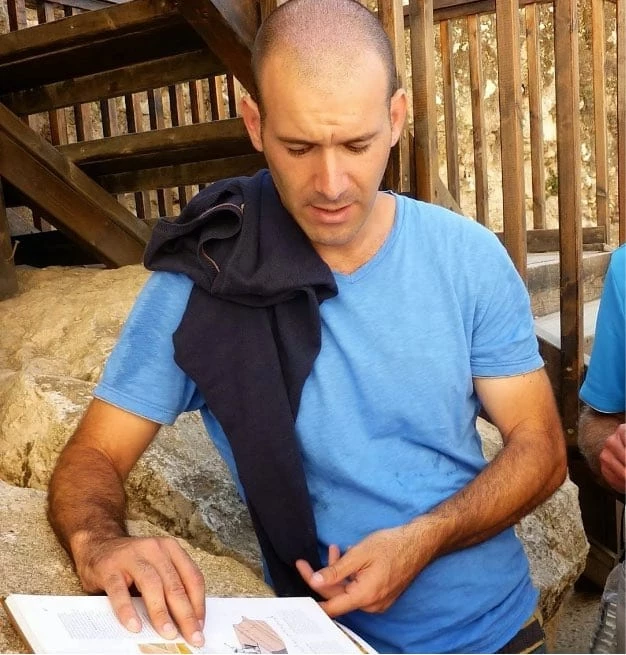Nestled on the tranquil shores of the Sea of Galilee, Hamat Tiberias National Park beckons you to embark on a journey through time and nature. This captivating oasis is a harmonious blend of archaeological wonders, therapeutic hot springs, and scenic beauty, offering an immersive experience that rejuvenates the body and soul.
Ancient Synagogues in Israel
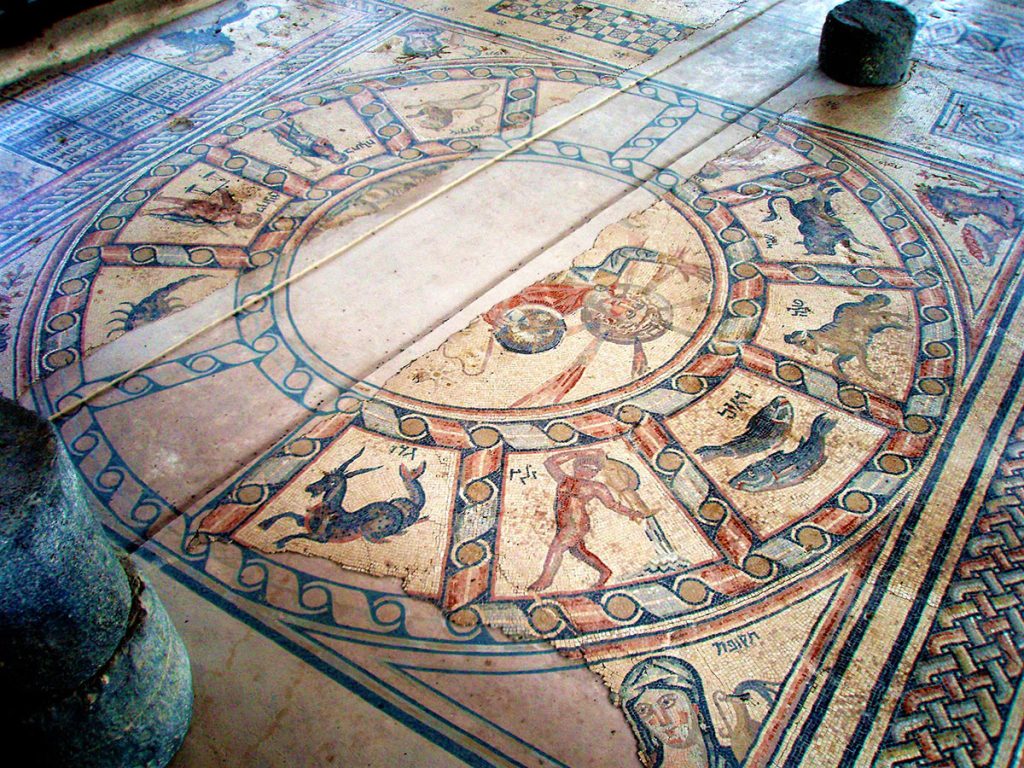
(Credit: Bukvoed – CC BY 3.0)
Ancient Relics Unveiled:
Step into the footsteps of civilizations past as you explore the archaeological treasures that grace the park. Discover the grandeur of the Tiberias Synagogue, a Byzantine gem adorned with intricate mosaics that tell stories of faith and community.
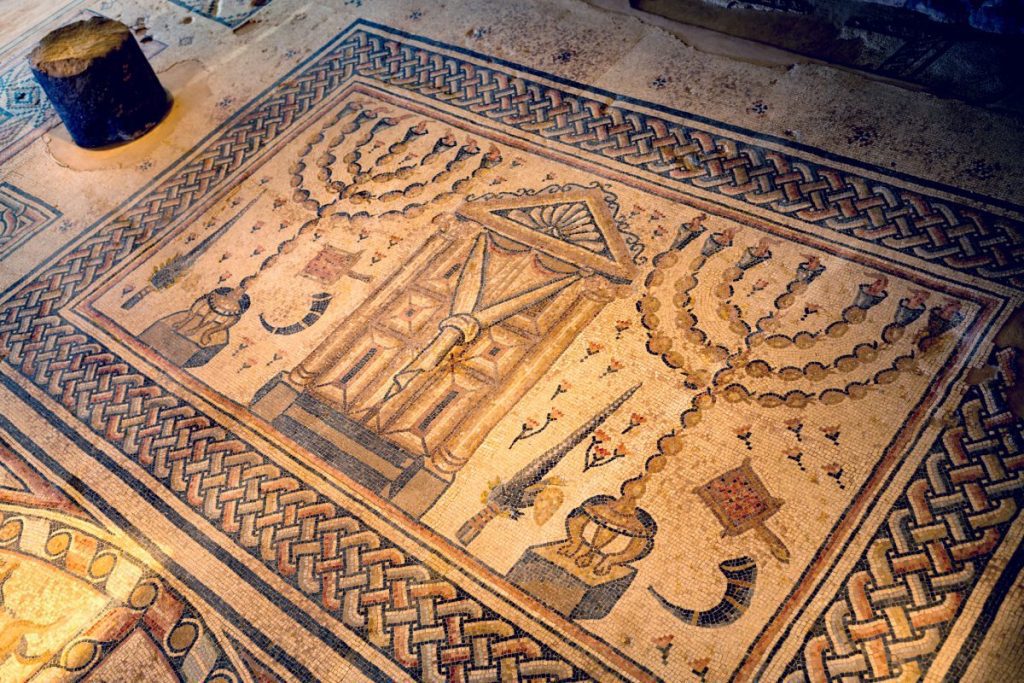
Healing Waters:
Indulge in a unique therapeutic experience as you immerse yourself in the Hamat Tiberias Hot Springs. These natural thermal baths are renowned for their mineral-rich waters, which are believed to offer soothing and healing properties. Moreover, let the warm embrace of the springs melt away your worries and revitalize your senses.
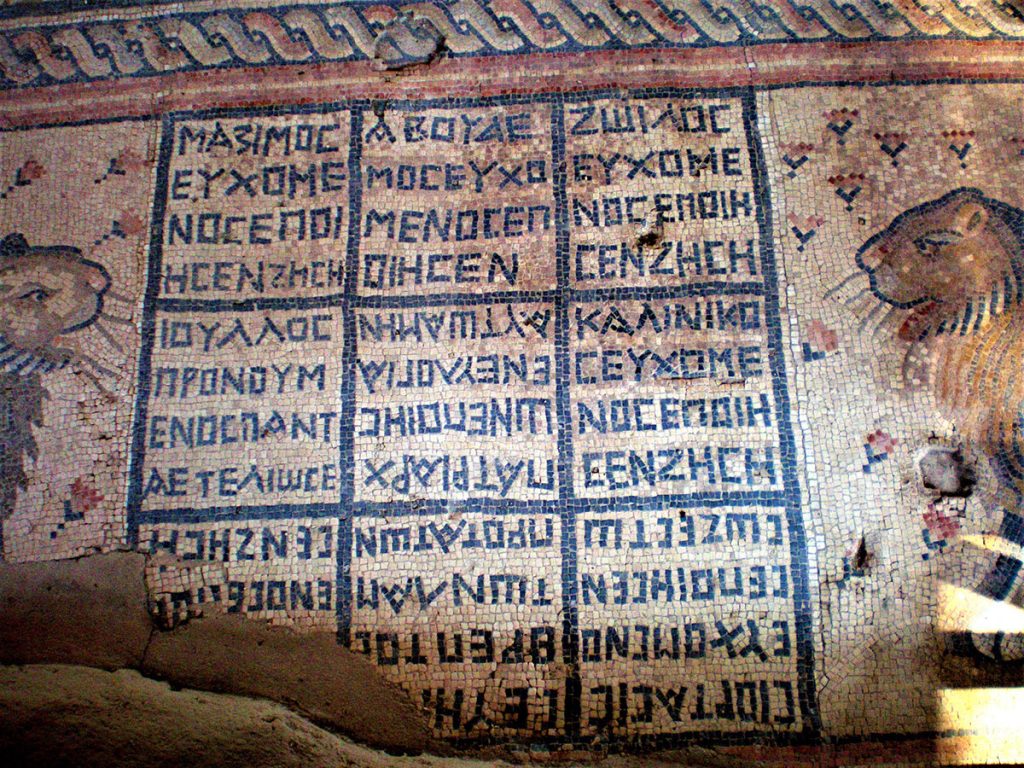
Majestic Courtyard:
The tranquil ambiance of Hamat Tiberias National Park extends to its splendid courtyard, where you can unwind amidst lush greenery and well-manicured gardens. This peaceful oasis invites you to pause, reflect, and connect with nature’s serenity.
The Scots Hotel Tiberias
Ancient Hamat Library:
Immerse yourself in the fascinating history of Jewish sages and scholars at the Ancient Hamat Library. The remnants of this ancient structure offer a glimpse into a rich intellectual tradition that once flourished in the region.
Sea of Galilee Panorama:
As you wander through the park’s landscapes, be captivated by breathtaking panoramic views of the Sea of Galilee. The tranquil waters mirror the beauty of the surrounding hills and sky, creating an awe-inspiring sight that invites contemplation.
Sea of Galilee Ultimate Guide
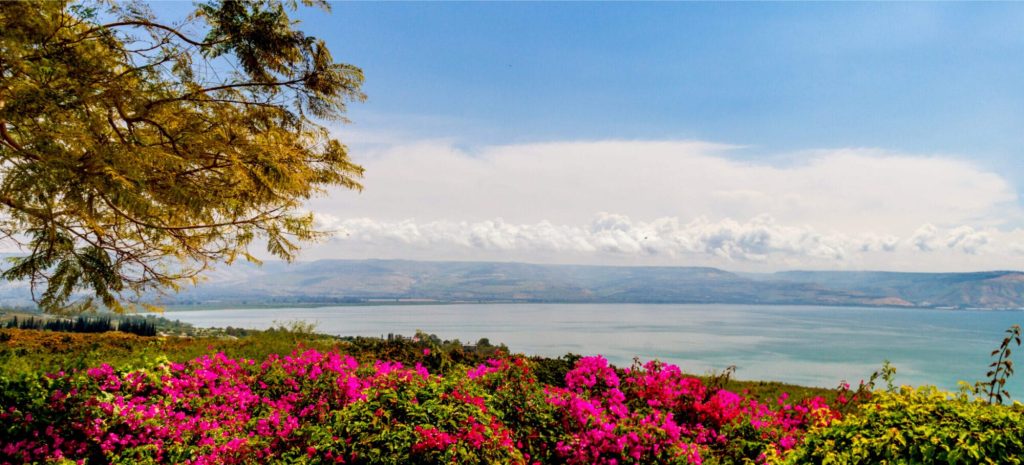
Picnic and Relaxation:
Embrace the art of leisure by indulging in a picnic amidst the park’s idyllic surroundings. Unwind on the grassy expanses, savor a meal with loved ones, and bask in the natural beauty that envelops you.
Sea of Galilee Best Beaches
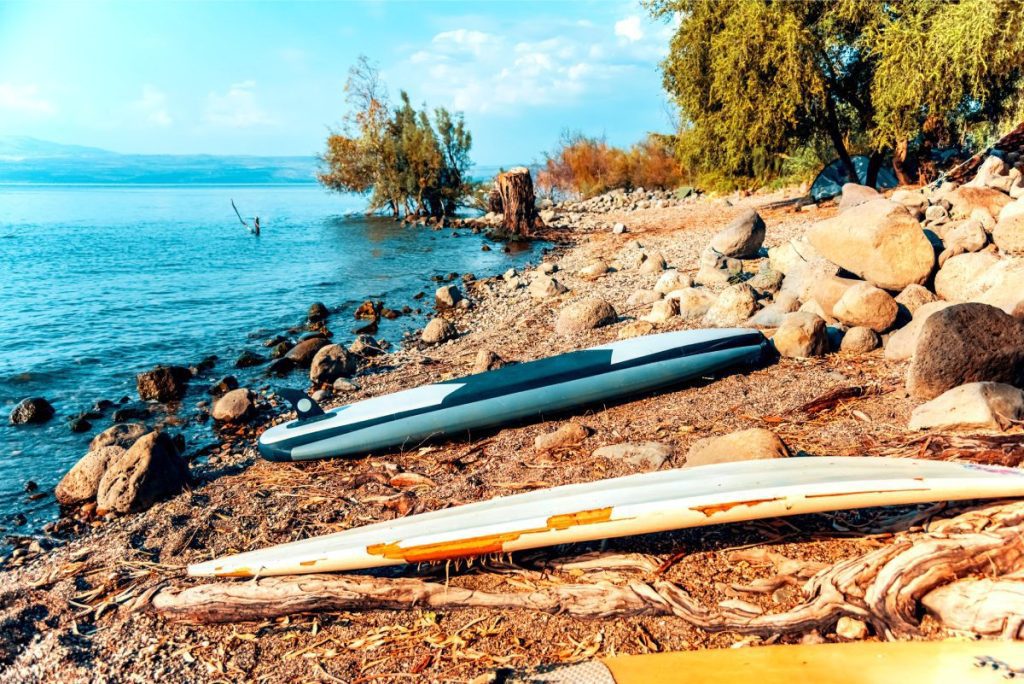
Legends and Lore:
So Hamat Tiberias is steeped in legends and stories woven into the fabric of time. Allow the whispers of ancient tales to transport you back in history as you stand amidst the spaces that have inspired generations.
Lastly, Hamat Tiberias National Park offers a unique blend of cultural heritage, natural rejuvenation, and panoramic vistas that create an enchanting escape from the everyday. So whether you’re drawn to the healing springs, captivated by archaeological wonders, or seeking solace in nature’s embrace, this park promises an unforgettable journey for the senses and the soul.
Shirat Hayam Hotel
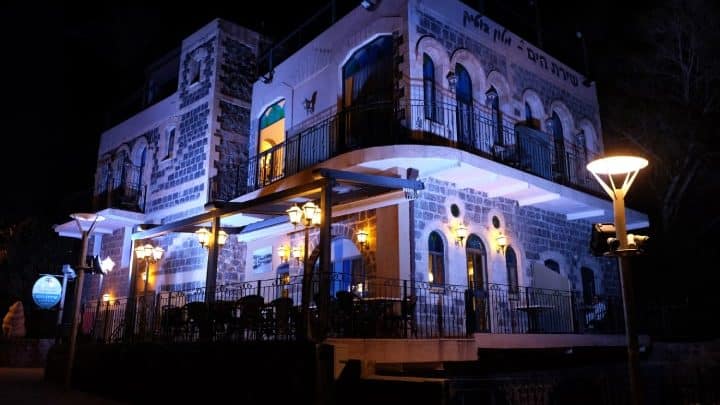
Hamat Tiberias National Park: Opening Hours
The entrance to the park closes one hour before closing time.
Summer Hours:
Sunday–Thursday and Saturday: 17:00 – 08:00
Friday and holiday eves: 16:00 – 08:00
Winter Hours:
Sunday–Thursday and Saturday: 16:00 – 08:00
Friday and holiday eves: 15:00 – 08:00
Holiday eves: 13:00 – 08:00
Yom Kippur eve: 13:00 – 08:00

